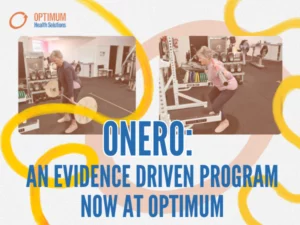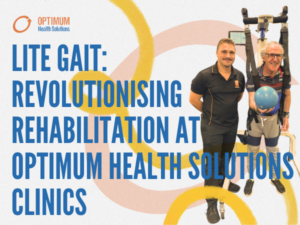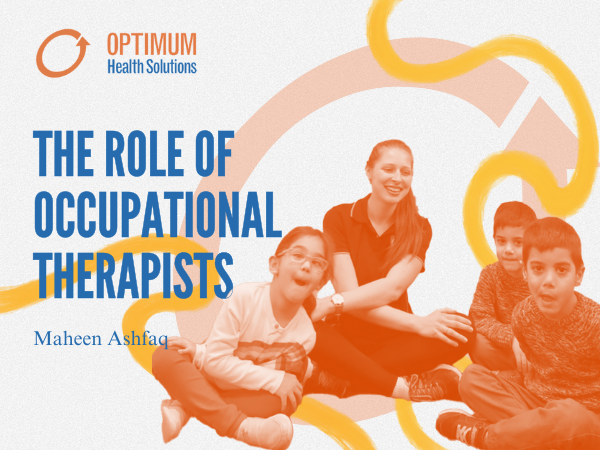What Is Telehealth?
Telehealth aka telepractice is the utilization of video technologies to provide healthcare services. Telehealth is an efficient, effective way to provide medically necessary services to clients in rural areas who may not be able to access services otherwise. During COVID, more providers started offering telehealth services and families/caregivers started requesting these services. NDIS supports the use of telehealth for their participants.
Does It Work?
There is a common misconception that in-person is the best way to receive services. However, multiple studies show that telehealth can result in the same outcomes as in-person services, and in certain situations, telehealth can even result in better outcomes.
Types of Service
Research Results
Speech and Language Treatment of School-Aged Children
Autism Spectrum Disorder
Autism Spectrum Disorder
Aphasia, Parkinson’s Disease, Dysphagia, and Primary Progressive Aphasia
Both telehealth and in-person participants made similar and significant improvements, which supports the use of telehealth speech-language pathology intervention services for school-age children.(Snodgrass et. al)
Both types of therapy resulted in significant improvements in the child’s language abilities and parents’ consistency and dedication. There were no significant differences between in-person and telehealth results. (Hao et. al)
Both types of therapy resulted in significant improvements in the child’s language abilities and parents’ consistency and dedication. There were no significant differences between in-person and telehealth results. (Hao et. al)
Results support the use of tele-practice as a viable service delivery method for adult speech-language therapy. (Weidner et. al)
Pros:
- Telehealth allows participants flexibility in how they budget their NDIS funding to maximise therapy outcomes.
- Telehealth can be used in conjunction with in-person visits to maximise a client’s ability to access services.
- Telehealth reduces the need for drive time to the clinic or for the providers to come to the home.
- Clients can be seen from the comfort of their own homes, which can reduce the stress and anxiety that some clients experience when having to travel to in-person sessions.
Barriers:
Some clients don’t have access to the technology allowing for telehealth options (e.g. internet, laptop/iPad).
- NDIS offers the ‘Flexible Approach’. This allows participants to spend up to $1,500 on low-cost assistive technology items to increase their capacity to engage in telehealth services. They would need to work in conjunction with their Support Coordinator and therapist.
Clients may have limited experience and confidence with technology.
- Discuss your experience level and your concerns with your therapist. They can talk you through the steps and complete a trial session with you.
- Support Workers or caregivers can help set up each session.
- After utilising the video conference platform a couple of times, most clients become more confident in their ability to engage with telehealth and problem-solve the technology.
Optimum and Telehealth:
Optimum Health Solutions is proud to be able to offer telehealth services. Our Speech Pathologists have varied experiences providing in-person and telehealth services for a variety of diagnoses. If you have an inquiry, you can contact Speech Pathology Services | Optimum Health Solutions.
Further Resources:
Read More:
About The Author:
Marielle McKean is a certified Speech Therapist working at the Optimum Health Solutions Croydon Park clinic.
Works Cited:
- Hao, Y., Franco, J. H., Sundarrajan, M., Chen, Y. (2021). A pilot study comparing tele-therapy and in-person therapy: perspectives from parent-mediated intervention for children with autism spectrum disorders. Journal of Autism & Developmental Disorders, 51, 129-143.
- Langbecker, D. H., Caffery, L., Taylor, M., Theodoros, D., Smith, A. C. (2019). Impact of school-based allied health therapy via telehealth on children’s speech and language, class participation and educational outcomes. Journal of Telemedicine & Telecare, 25, 559-565. https://dx.doi.org/10.1177/1357633X19875848https://dx.doi.org/10.1007/s10803-020-04439-x
- Malandraki, G. A., McCullough, G., He, X., McWeeny, E., & Perlman, A. L. (2011). Teledynamic evaluation of oropharyngeal swallowing. Journal of Speech Language and Hearing Research, 54(6), 1497-1505.
- Snodgrass, M. R., Chung, M. Y., Biller, M. F., Appel, K. E., Meadan, H., & Halle, J. W. (2017). Telepractice in Speech–Language Therapy: The Use of Online Technologies for Parent Training and Coaching. Communication Disorders Quarterly, 38(4), 242–254. https://doi.org/10.1177/1525740116680424
- Wales, Danielle & Skinner, Leisa & Hayman, Mel. (2017). The Efficacy of Telehealth-Delivered Speech and Language Intervention for Primary School-Age Children: A Systematic Review. International Journal of Telerehabilitation. 9. 55-70. 10.5195/IJT.2017.6219.
- Weidner, Kristen & Lowman, Joneen. (2020). Telepractice for Adult Speech-Language Pathology: A Systematic Review. ASHA Special Interest Group. 10.1044/2019\_PERSP-19-00146














